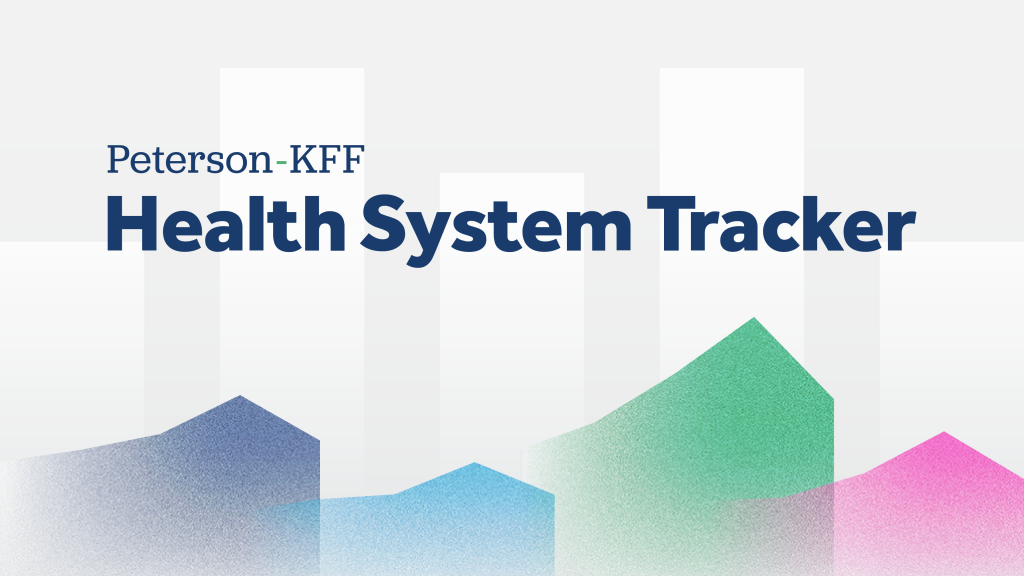Initiative 18|11: What Can We Do About The Cost Of Health Care?
This conference report summarizes discussions at a March 2018 conference in Washington with 30 leaders from the health care community to launch Initiative 18/11, a partnership between the Society of Actuaries and KFF to address the rising cost of health care in the United States. It also lays out the next steps for the initiative.
